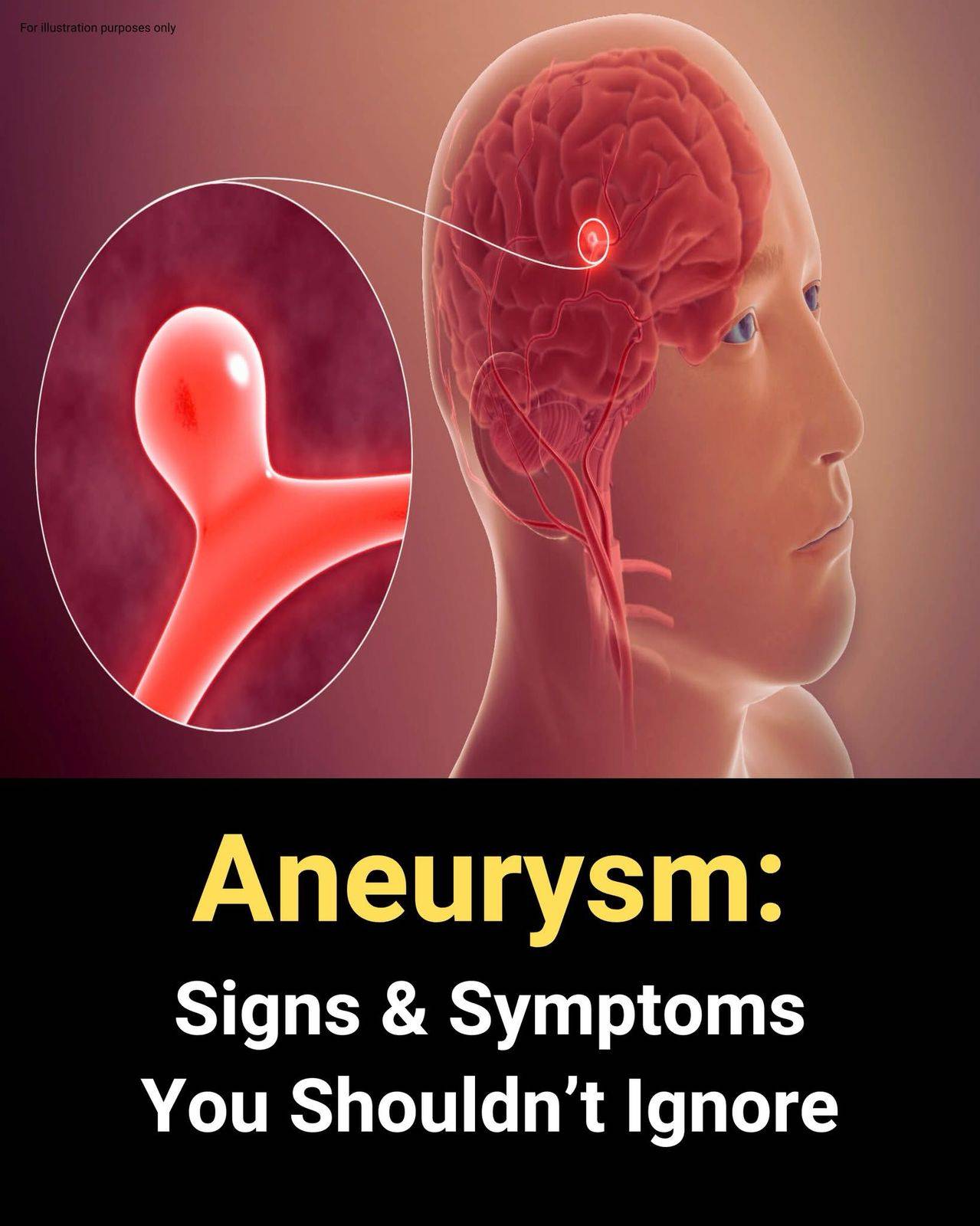Brain Aneurysms: Key Facts and Prevention
A brain aneurysm occurs when a blood vessel in the brain weakens and forms a bubble. If it ruptures, it can cause internal bleeding, which may be fatal. Even if unruptured, it can cause significant symptoms.
Key Symptom: Severe Headache
A sudden, intense headache, often described as the “worst headache of your life,” is a common symptom of a brain aneurysm. If experienced, seek medical help immediately.
Other Symptoms
Drooping eyelids
Double or blurred vision
Seizures
Nausea, vomiting, or stiff neck
Numbness in the face
Ringing in ears
Loss of consciousness
Risk Factors
High blood pressure
Family history
Smoking or excessive alcohol
Drug use (e.g., cocaine)
High cholesterol
Diagnosis
Doctors use CT scans, MRIs, or cerebral angiography to diagnose brain aneurysms.
Treatment Options
Monitoring: For small, low-risk aneurysms.
Surgery: Includes surgical clamping or endovascular embolization.
Prevention Tips
Control blood pressure
Avoid smoking and excessive alcohol
Manage stress
Regular check-ups if you have risk factors
By recognizing symptoms early and taking preventive measures, you can reduce the risk of brain aneurysms.

Leave a Reply